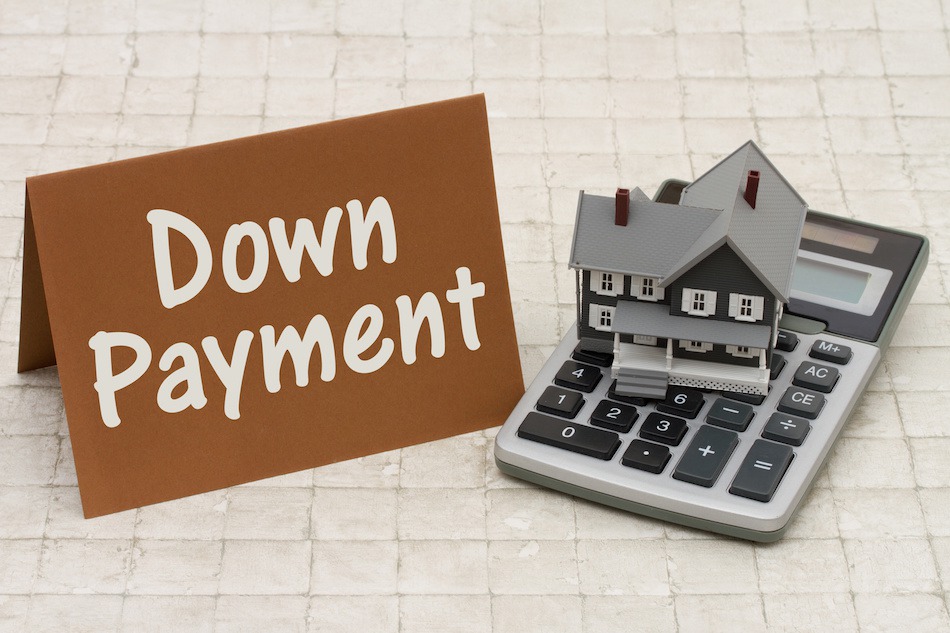When it comes to buying a home, one of the biggest financial hurdles is saving for the down payment. But don’t worry—you’re not alone! Many first-time homebuyers are in the same boat, and with the right strategies, you can reach your goal. This guide will walk you through everything you need to know about saving for a down payment, including how to decide on the right amount.
Why the Down Payment Matters
The down payment is one of the most significant parts of the home-buying process. Not only does it show lenders that you’re committed, but it can also impact your monthly payments, loan terms, and the total interest you’ll pay over the life of the mortgage. Simply put, your down payment is key to shaping your financial journey as a homeowner.
Setting Your Down Payment Goal
Before you start saving, it’s essential to set a clear down payment goal based on factors like your income, current savings, and financial priorities. Here are the common down payment options and what they mean for your home-buying process:
10% Down: Getting Into a Home Faster
If you’re currently renting, a 10% down payment may help you get into your home faster, potentially beating the competitive spring selling season. This can be a smart choice if you’re in a market where prices are rising or if you’re eager to stop paying rent. With a 10% down payment:
- You’ll become a homeowner sooner. No more rent increases or moving hassles.
- You’ll start building equity earlier. Every payment you make goes toward owning your home, not paying a landlord.
One consideration with a 10% down payment is private mortgage insurance (PMI)—an extra cost added to your monthly mortgage payments to protect the lender. However, PMI doesn’t have to be permanent. Once your home equity reaches 20% of the property’s value (either by paying down your mortgage or through appreciation in your home’s value), you may be able to have PMI removed. You can request your lender to review your home’s value if you believe it has increased, potentially freeing you from PMI sooner than expected. This flexibility can make a 10% down payment more appealing for buyers looking to get into a home quickly while planning to eliminate PMI in the future.
20% Down: Avoiding PMI and Lowering Your Monthly Costs
A 20% down payment, on the other hand, has its advantages, especially if you’re looking to minimize your monthly expenses. With a 20% down payment:
- You avoid PMI, which can save you hundreds of dollars per month.
- Your monthly payments will be lower, because your loan amount is smaller and you’re avoiding the PMI fees.
- You may have access to better interest rates. Lenders often offer lower rates to buyers with a larger down payment since it reduces their risk.
However, saving up 20% can take longer, especially if you’re already managing rent and other expenses. If you think waiting to save the full 20% might delay your plans significantly, consider if it’s worth missing the chance to buy sooner.
Tips for Saving for Your Down Payment
Now that you know your options, here are some practical tips to help you save up for your down payment.
- Set Up a Dedicated Savings Account
Open a separate savings account specifically for your down payment. This keeps your home savings apart from other expenses and helps you track your progress. Many online banks offer high-yield savings accounts with better interest rates than traditional banks. - Automate Your Savings
Set up automatic transfers to your savings account each month. Treat this like a “down payment bill” that you pay yourself. Automating helps you stay on track without having to think about it. - Cut Back on Non-Essentials
Take a look at your monthly expenses and see where you can make adjustments. It could be eating out less often, pausing a subscription, or planning budget-friendly weekends. Even small changes can make a difference over time. - Consider Down Payment Assistance Programs
Check if you’re eligible for any down payment assistance programs in your area. These programs can provide grants, forgivable loans, or low-interest loans specifically for first-time homebuyers. - Add Extra Income When Possible
If you have time and flexibility, consider picking up a side job, freelancing, or selling items you no longer need. Every little bit adds up!
Final Thoughts: Choose the Down Payment That Works Best for You
The best down payment is the one that aligns with your financial situation and homeownership goals. If buying sooner with a 10% down payment lets you escape the rent cycle and settle into a place of your own, it could be worth the added expense of PMI. On the other hand, if you’re focused on lowering your monthly mortgage costs and can afford to save a bit longer, aiming for the full 20% down might be the better path.
Remember, there’s no one-size-fits-all answer. Take time to evaluate your finances, consider your priorities, and choose the down payment amount that makes the most sense for you. As you move forward, don’t forget that the down payment is just one piece of the puzzle. In our next post, “Hidden Costs of Homebuying You Shouldn’t Overlook,” we’ll go over additional expenses you’ll want to prepare for—ensuring you’re fully equipped to take on the journey to homeownership in 2025!
Robert Walker
- Email: robert.walker1@cbrealty.com
- Phone: 512-557-8167


 Facebook
Facebook
 X
X
 Pinterest
Pinterest
 Copy Link
Copy Link
